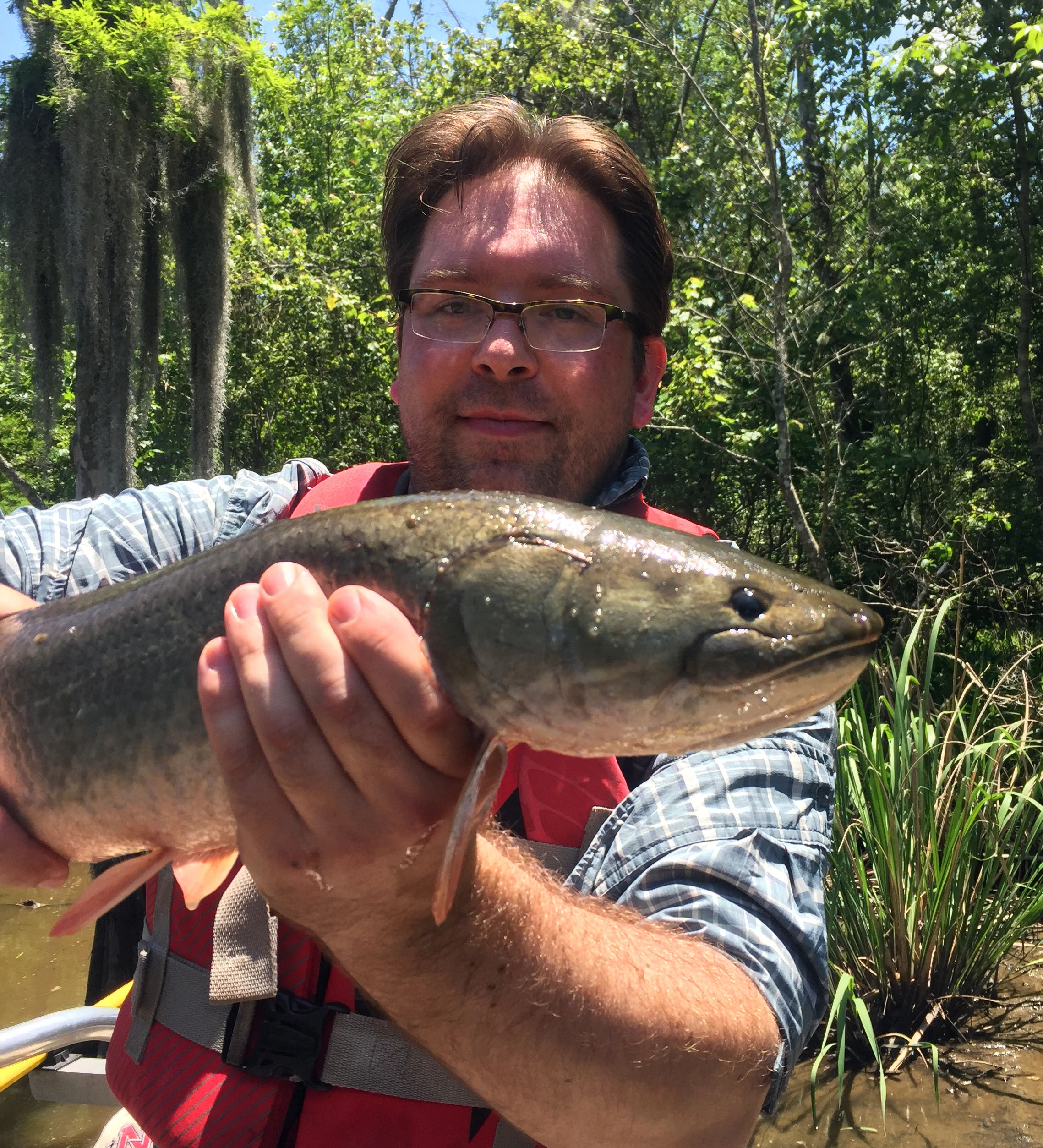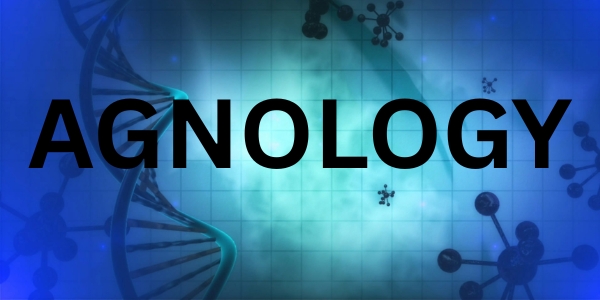Fish genetics reveal human health, evolutionary history insights
As we live and breathe, ancient-looking fish known as bowfin are guarding genetic secrets that that can help unravel humanity’s evolutionary history and better understand its health.
Michigan State researchers and EEB members Ingo Braasch and Andrew Thompson are now decoding some of those secrets. Leading a project that included more than two dozen researchers spanning three continents, the Spartans have assembled the most complete picture of the bowfin genome to date.
“For the first time, we have what’s called a chromosome-level genome assembly for the bowfin,” said Braasch, an assistant professor of integrative biology in the College of Natural Science. “If you think of the genome like a book, what we had in the past was like having all the pages ripped out in pieces. Now, we’ve put them back in the book.”
“And in order,” added Thompson, a postdoctoral researcher in Braasch’s lab and the first author of the new research report, published Aug. 30 in the journal Nature Genetics.

This is really important information for a few reasons, the duo said, and it starts with the bowfin being what Charles Darwin referred to as a “living fossil.” The bowfin, or dogfish, looks like an ancient fish.
This doesn’t mean that the bowfin hasn’t evolved since ancient times, but it has evolved more slowly than most fishes. This means that the bowfin has more in common with the last ancestor shared by fish and humans, hundreds of millions of years ago, than, say, today’s zebrafish.
Zebrafish — which are modern, so-called teleost fishes — are a notable example because they’re widely used by scientists as a model to test and develop theories about human health. Having more genetic information about the bowfin helps make the zebrafish a better model.
“A lot of research on human health and disease is done on model organisms, like mice and zebrafish,” Thompson said. “But once you identify important genes and the elements that regulate those genes in zebrafish, it can be hard to find their equivalents in humans. It’s easier to go from zebrafish to bowfin to human.”
For example, one particularly interesting gene is one that’s used in developing the bowfin’s gas bladder, an organ the fish uses to breathe and store air. Scientists believe that the last common ancestor shared by fish and humans had air-filled organs like these that were evolutionary predecessors to human lungs.
In their new study, the Spartan researchers could see that a certain genetic process in the bowfin’s gas bladder development bore striking similarities to what’s known about human lung development. A similar process is also present in the modern teleost fishes, but it’s been obscured by eons of evolution.
“When you looked for the human genetic elements of this organ development in zebrafish, you couldn’t find it because teleost fishes have higher rates of evolution,” Thompson said. “It’s there in modern fishes, but it’s hidden from view until you see it in bowfin and gar.”
Read the full story in MSU Today.



